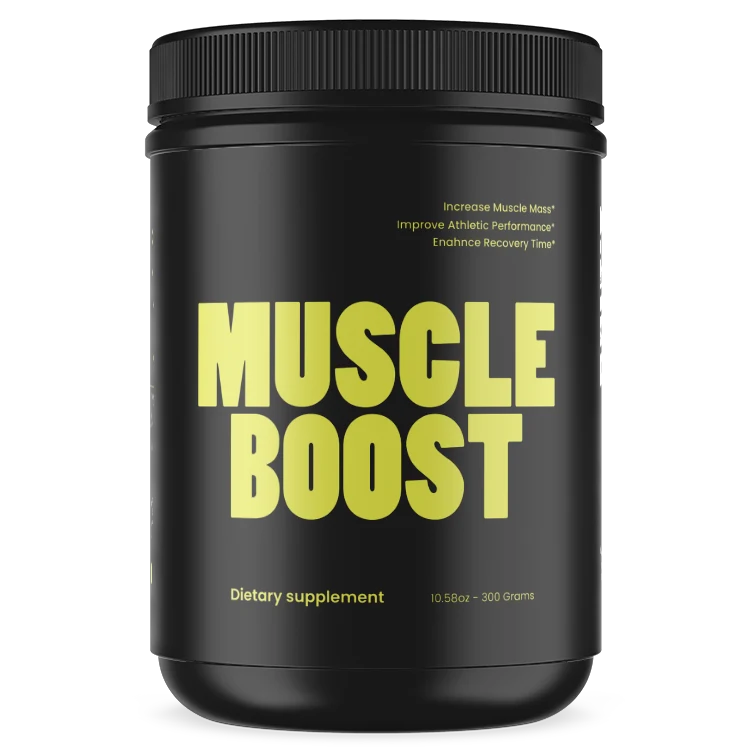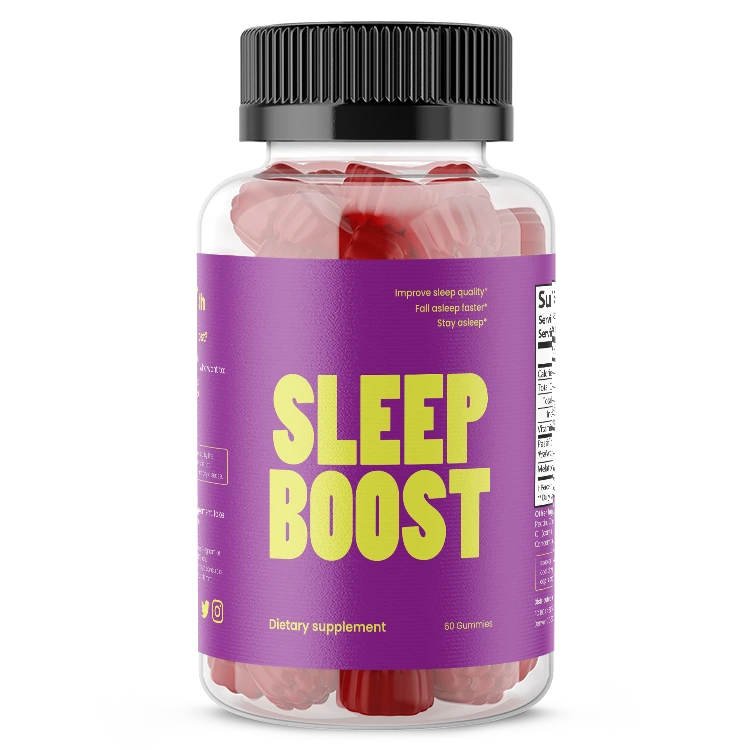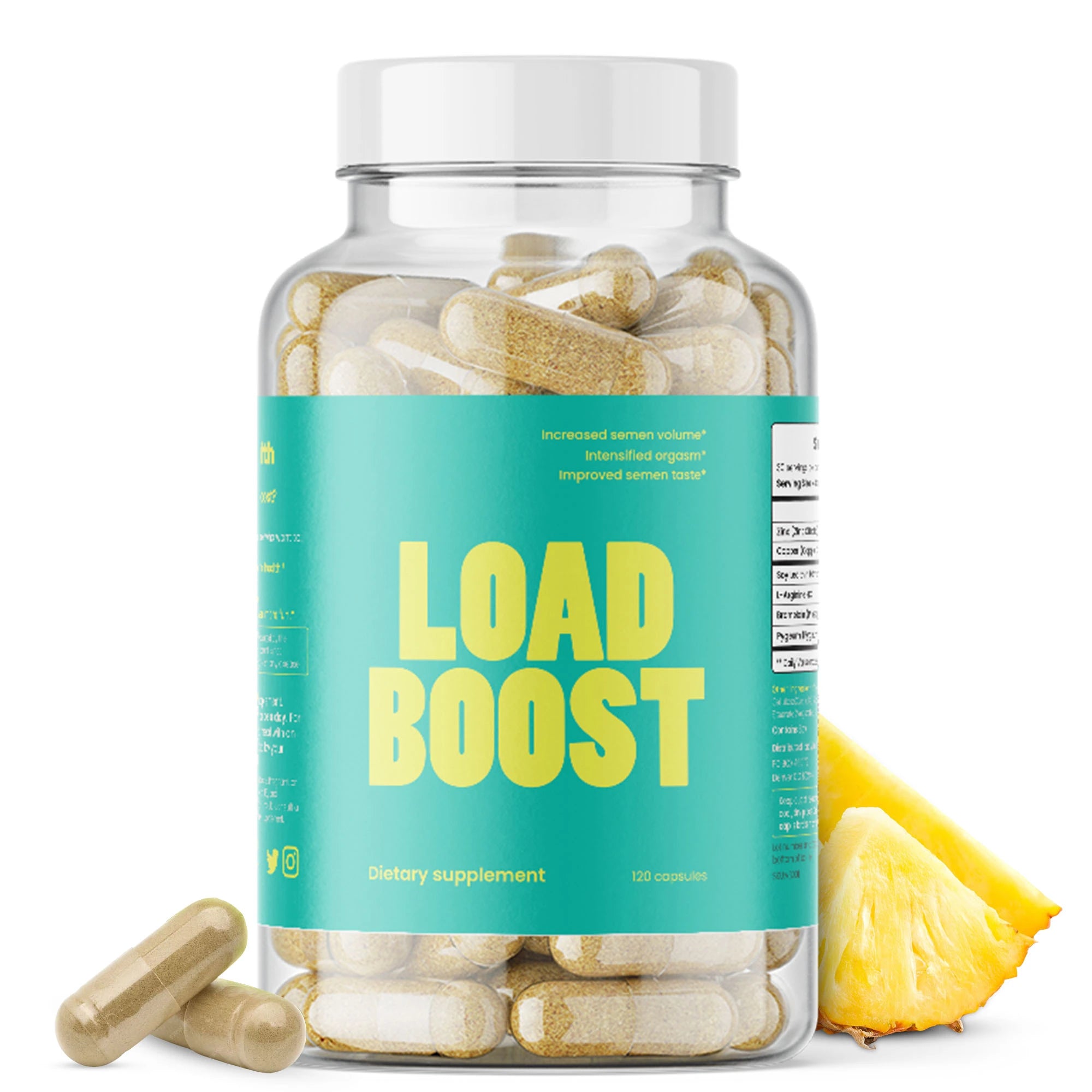As women age, they often experience changes in vaginal health, with decreased lubrication being a common issue. Linked to hormonal shifts during menopause, this natural decrease can affect comfort and sexual health. The short answer is, most women will experience some wetness issues during their 40's and 50's, but it can be different for each individual. This guide aims to illuminate the reasons behind these changes and introduce ways to manage and embrace this phase of life with confidence and knowledge.
The Physiology of Vaginal Lubrication
Vaginal lubrication is primarily a function of blood flow and hormone levels, particularly estrogen, which plays a crucial role in maintaining the moisture and elasticity of vaginal tissues. It can be an explanation for vaginal wetness and pain during sex. As women age, particularly during and after menopause, estrogen levels decline significantly, leading to changes in vaginal health. This phase can start as early as the late 40s or early 50s for many women but varies widely. Reduced estrogen can lead to vaginal atrophy, decreased blood flow, and diminished lubrication, causing dryness (1).
Age-Related Changes and Vaginal Health
The age at which a woman might experience decreased natural lubrication can vary, but it's commonly associated with perimenopause and postmenopause. During these transitions, in addition to lower estrogen levels, women might experience thinning of the vaginal walls, increased pH levels leading to more infections, and overall changes in the vaginal flora. These physical changes can lead to discomfort, itching, pain during intercourse, and a decrease in vaginal lubrication (2).
Natural Remedies and Lifestyle Adjustments
While hormonal changes are a natural part of aging, several natural remedies for vaginal dryness and lifestyle adjustments can help manage symptoms. Regular sexual activity and vaginal stimulation can promote blood flow to the genitals, helping maintain vaginal health. Moisturizers and water-based lubricants can provide immediate relief for dryness. Additionally, dietary changes such as incorporating phytoestrogens (found in soy, flaxseeds, and other plants) might help mimic estrogen's effects in the body. There are also some relevant herbs for vaginal dryness. Regular exercise and quitting smoking can also improve overall health and by extension, vaginal lubrication (3).
Professional Interventions and Support
Women experiencing symptoms of vaginal dryness look to topical estrogen therapy, which can help replenish the levels of estrogen in vaginal tissues, thereby improving lubrication and health. Alternative therapies might also be explored, including hormonal replacement therapy (HRT) or over-the-counter options like vaginal moisturizers and lubricants specifically designed for postmenopausal women (4).
One known effective solution is the vaginal probiotic Soaking Wet, which provides essential probiotics and vitamins to support vaginal health, and promote natural wetness.




